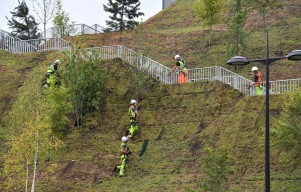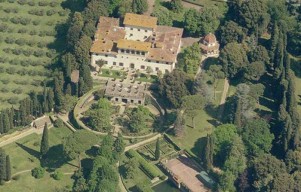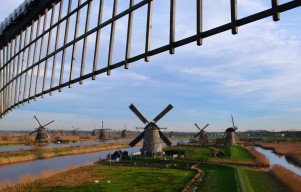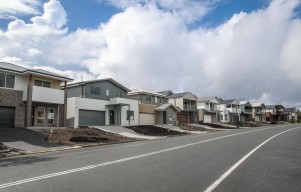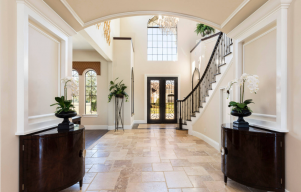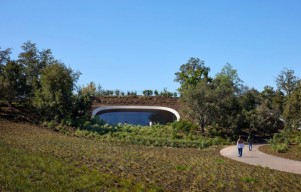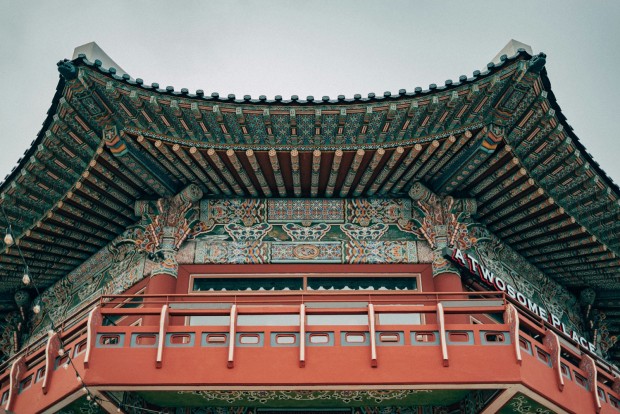
(Photo: Unsplash / Daniel Bernard)
South Asia comprises eight countries: Afghanistan, Bangladesh, Bhutan, India, Maldives, Nepal, Pakistan, and Sri Lanka. As society changes, architectural practices are currently at the threshold of a revolution in this culturally rich region. The forces of change for the aforesaid transformations are driven by economic globalization, urbanization, and political changes in varied contexts, which ensure that the elements of newness and historicity are maintained for architecture.
Historical Context and Contemporary Shifts
The architectural history of South Asia is often divided into pre-independence and post-independence eras. Vernacular principles and regional context characterized the pre-independence architecture. In contrast, the post-independence period ushered in innovative visions while maintaining cultural heritage. According to the publication "Architectures of Transition, Emergent Practices in South Asia" by Rahul Mehrotra, Devashree Shah, and Pranav Thole of Harvard's Graduate School of Design, recent decades have seen South Asian architects engage with new challenges, including conflict zones, climate change, and infrastructure rethinking. These evolving demands are shaped by changing patterns of patronage, the nature of practitioners, and public perception of architecture.

(Photo: Unsplash / Sanjeev Nagaraj)
Transformation of Patronage
Architectural patronage in South Asia has shifted significantly. Historically, state patronage dominated public architectural projects. However, since the 1990s, neoliberal economic policies have reduced the state's role, paving the way for private enterprises and civil society organizations, including NGOs and religious institutions, to become major patrons. Pranav Thole notes, "This shift towards non-state actors challenges architects to leverage minimal resources effectively while addressing social mandates." Additionally, the concept of constructed patronage, where architects advocate for funding to address infrastructural gaps, has gained traction. This evolving patronage landscape mirrors South Asia's changing socio-economic structures, presenting opportunities and challenges for architects.
Evolving Role of Practitioners
Before independence, local architects with deep regional knowledge undertook most architectural work. The colonial era introduced Western influences, and post-independence figures like Le Corbusier and Louis I. Kahn brought modernist principles to nation-building efforts. Today, there is a resurgence of local custodianship, with architects increasingly being natives who understand their regions profoundly. Devashree Shah observes, "The historical perception of architects as sole authors and decision-makers is being redefined. Many practices now adopt collaborative frameworks, positioning makers, collaborators, and specialists as invaluable partners." This collaborative approach enriches designs and fosters community engagement.
Architects are now expanding their roles, facilitating community outreach initiatives, and employing culturally sensitive communication tools. Many firms also offer allied design services to supplement their businesses, addressing a broader spectrum of societal needs.
Also Read: Exploring Frank Gehry's Enduring Legacy as an Architect and Designer

(Photo: Unsplash / SR)
Shifting Public Perception
The perception of architects in South Asia has evolved considerably. Initially, architects gained prominence through public buildings that symbolized national development. However, post-liberalization, the profession faced marginalization as the construction industry prioritized structural engineers and contractors. Architecture became associated with aesthetics for the elite, fostering a view of the profession as a luxury.
Today, architects strive to leverage their skills to address common societal problems, seeking to redefine architecture as a public good. Young firms face challenges communicating their value, but their focus on local contexts and community needs positions them as valuable societal contributors. There is a growing recognition of the need for well-designed public spaces and infrastructure for broader social purposes.
Emerging Models of Practice
The new generation of South Asian architects emphasizes frugality, sensitivity, and appropriateness in material and construction methods. This approach reflects a commitment to addressing socioeconomic disparities and promoting social responsibility. Younger practitioners engage with conflict zones, underrepresented communities, and affordable housing, demonstrating empathy and responsiveness to regional challenges. There is a reimagining of institutions and infrastructure, aiming to create holistic solutions for urbanization and demographic shifts.
South Asia's diverse cultural, economic, social, and technological factors drive new architectural traditions and transitions. Architects embrace this diversity as a catalyst for change, creating designs that adapt to evolving contexts while contributing to positive social transformation. The solution to South Asian challenges, i.e., poverty, climate emergencies, and inequality, is through societal transitions for which South Asian architects provide the means.

(Photo: Unsplash / Karanvir Pathania)
A Comprehensive Exploration
"Architectures of Transition, Emergent Practices in South Asia" is a seminal publication exploring these evolving architectural practices. It is curated by Mehrotra, Shah, and Thole and includes lectures, publications, a conference, a traveling exhibition, podcasts, and a digital archive. This comprehensive project reflects the multifaceted nature of architectural discourse in South Asia, offering a holistic examination of its evolving practices and the intergenerational dialogues shaping the future of architecture in the region.
Related Article: North Korea's Bizarre Architectural Cityscape: Exploring Futuristic Skyscrapers and Socialist Monuments
